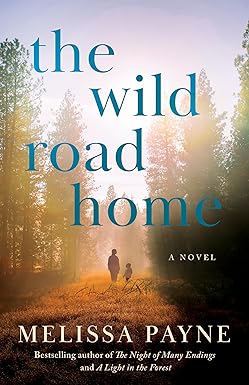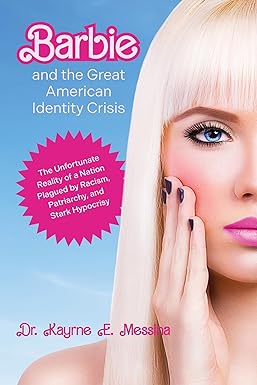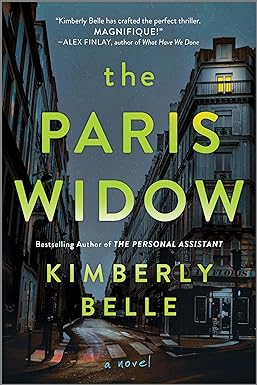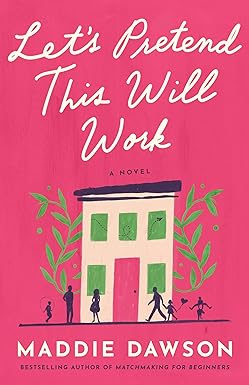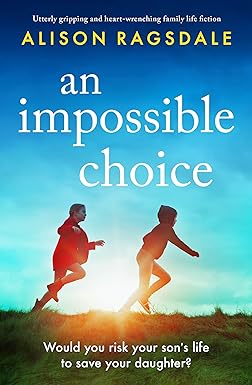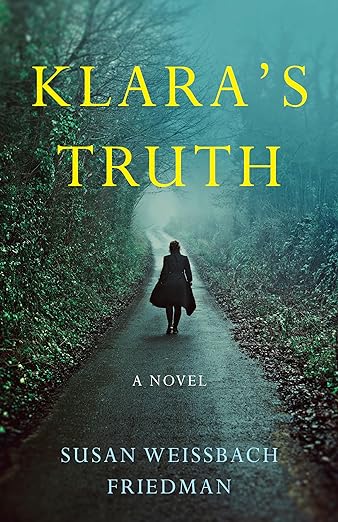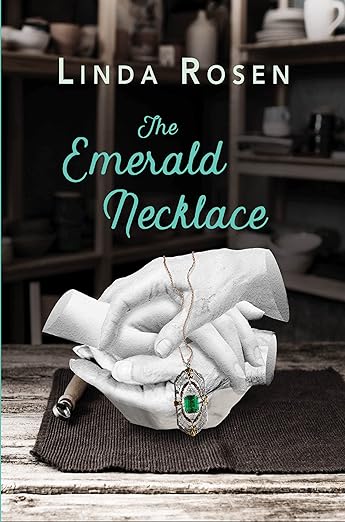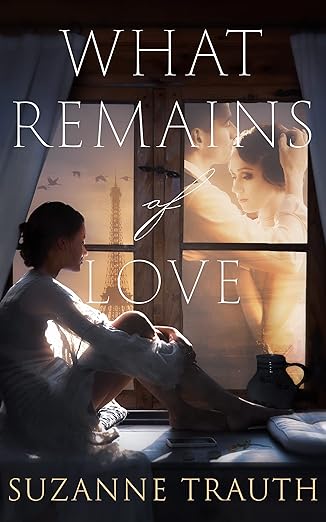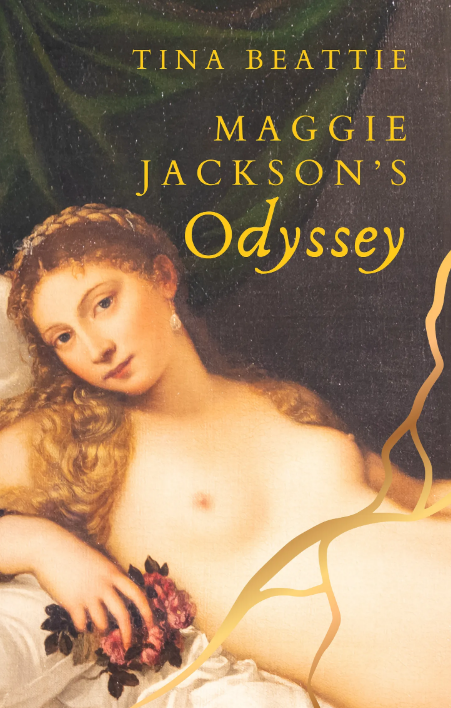From Long To Short: A Short Story Phobic’s Tale
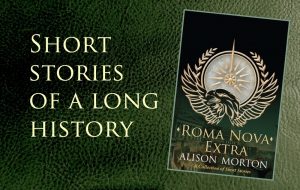 Being honest, I found short stories difficult. Distilling a tale down to 1,000 or 2,000 words without making a good, meaty story seemed a terrifying task; no character development, no sub-plots, little if any world-building, no wide cast of characters, no complexity, I thought.
Being honest, I found short stories difficult. Distilling a tale down to 1,000 or 2,000 words without making a good, meaty story seemed a terrifying task; no character development, no sub-plots, little if any world-building, no wide cast of characters, no complexity, I thought.
As a newbie writer several years ago, I tried very hard and even entered short story competitions. This is what writing gurus advised us to do at the classes, courses and conferences I attended in my 2009-2012 writing ’apprenticeship’. It would develop my style, my dexterity and that all important, yet insubstantial thing, my voice, they said.
I studied the theory: focus on a single story/theme/conflict; 2/3 characters, maximum of 4/5; single setting; short period of time, quick resolution after the climax. I read a lot of short stories – some fun, some incomprehensible, some trite, some amusing – and practised writing them. My writing style is economical and succinct which helped to keep the word count down. After a while, I duly submitted the stories wherever I could. Most received no response, but one was shortlisted in a magazine competition.
I sighed and went back to my novels.
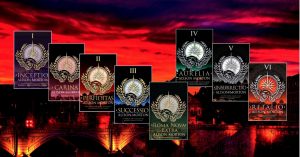 After publishing six full-length novels in the Roma Nova alternate history series where I could let my characters, plots and twists run wild, (in a disciplined and targeted way, of course ☺ ), I was asked to contribute to an anthology of alternative history short stories centred on 1066. I was on the point of refusing; most of the other authors were medieval or Conquest specialists – what did I know? And I wasn’t very comfortable writing such a short form of fiction. But as a writer whose fictional world was nothing but alternative history and one who wrote and talked about it in theory and practice, how could I refuse the biggest ‘what it’ of English history? And how wonderful to have an eleventh century Roma Novan female envoy clash with the macho society of William of Normandy!
After publishing six full-length novels in the Roma Nova alternate history series where I could let my characters, plots and twists run wild, (in a disciplined and targeted way, of course ☺ ), I was asked to contribute to an anthology of alternative history short stories centred on 1066. I was on the point of refusing; most of the other authors were medieval or Conquest specialists – what did I know? And I wasn’t very comfortable writing such a short form of fiction. But as a writer whose fictional world was nothing but alternative history and one who wrote and talked about it in theory and practice, how could I refuse the biggest ‘what it’ of English history? And how wonderful to have an eleventh century Roma Novan female envoy clash with the macho society of William of Normandy!
My short story barrier was broken. But short stories of my own? In the end, curiosity bit me. Almost without me realising it, the desire to explore incidents in my characters’ lives, delve back into Roma Nova’s earliest days and find out what happened to characters after the main trilogies ended was gathering strength.
ROMA NOVA EXTRA sprang into life. Well, lurched in fits and starts. But this is the huge advantage of writing short stories; each one can be drafted individually in a relatively short time. Of course, the real work starts with the first revision! Seven of the eight in this collection range from 3,000 words to 10,000. At 18,000 words, the eighth story was originally going to be a separate novelette, but it seemed the perfect complement to the others. Together, they cover a historical range from AD 370 to 2029, but they focus on people.
Some are love stories, some are lessons learned, some resolve tensions and unrealistic visions, some are plain adventures, but above all, they are stories of people in dilemmas, in conflict, in trouble and their efforts to resolve them. Oh, and there are a few surprises…
What is a short story?
Merriam Webster defines it as ‘an invented prose narrative shorter than a novel usually dealing with a few characters and aiming at unity of effect and often concentrating on the creation of mood rather than plot.’
I’d add that typically it can be read in one sitting and can also focus on a self-contained incident or series of linked incidents. Modern short stories only occasionally have an initial exposition, more typically beginning in the middle of the action (our old friend in medias res).
Other characteristics of a short story:
- A short story should create a single impression.
- It should be highly economical with every word, all characters, dialogue and description designed to develop single effect.
- They may or may not have a moral or practical lesson.
- The opening sentence should initiate the predetermined or predesigned effect.
- Once the climax is reached, the story should end with minimal resolution. Some stories finish with an open or abrupt ending or hint of resolution.
- Character should only be developed to the extent required by the story.
However, as with many forms of writing, there are many exceptions to these ‘rules’!
Short stories have deep roots and the power of short fiction has been recognised in modern society for hundreds of years. William Boyd writes in Prospect Magazine:
‘The short form is, conceivably, more natural to us than longer forms: the anecdote that lasts several hours is going to find its listeners drifting away pretty soon. The stories we tell to each other are short, or shortish, and they are shaped….The well-told story seems to answer something very deep in our nature as if, for the duration of its telling, something special has been created, some essence of our experience extrapolated, some temporary sense has been made of our common, turbulent journey towards the grave and oblivion.’
A taster of the ROMA NOVA EXTRA short stories…
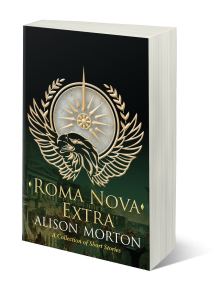 Lucius Apulius, a military tribune in the dusk of the Roman Empire, is posted in AD 370 from a plum staff position to a Danube backwater. The reason? Wrong religion.
Lucius Apulius, a military tribune in the dusk of the Roman Empire, is posted in AD 370 from a plum staff position to a Danube backwater. The reason? Wrong religion.
His indirect descendant, Allegra Mitela, a tough 21st century Praetorian, struggles with her identity and emotional life.
How did the eighteen-year-old Imperatrix Silvia, exhausted and lonely after the liberation of Roma Nova in the 1980s, meet her Italian husband?
And what was the ancient mystery uncovered by Conrad and Carina during their ‘Roman holiday’?
The full list:
The Girl from the Market AD 370
Victory Speaks AD 395
A Roman Intervenes 1066
Silvia’s story 1987
Games 2011
Conrad and Carina’s Roman Holiday 2019
Saturnalia Surprise 2027
Allegra and Macrinus 2029
Readers of INCEPTIO, PERFIDITAS, SUCCESSIO, AURELIA, INSURRECTIO, RETALIO and CARINA will be familiar with many of the characters., but it’s not essential by any means as the stories are complete in themselves. However, I hope readers new to Roma Nova may find these glimpses intriguing enough to read some of the longer books.
Buying links for ROMA NOVA EXTRA
Kindle: https://mybook.to/RomaNovaExtra
Kobo: https://www.kobo.com/fr/en/ebook/roma-nova-extra
B&N Nook: https://www.barnesandnoble.com/w/roma-nova-extra-alison-morton/1129592787?ean=2940161855010
Apple/iBooks; https://itunes.apple.com/gb/book/roma-nova-extra/id1438723682?mt=11
Paperback from your usual online and physical bookstores
Alison Morton bio
 Alison Morton writes the award-winning Roma Nova thriller series featuring modern Praetorian heroines. She blends her deep love of Roman history with six years’ military service and a life of reading crime, adventure and thriller fiction.
Alison Morton writes the award-winning Roma Nova thriller series featuring modern Praetorian heroines. She blends her deep love of Roman history with six years’ military service and a life of reading crime, adventure and thriller fiction.
All six Roma Nova full-length novels have been awarded the BRAG Medallion. SUCCESSIO, AURELIA and INSURRECTIO were selected as Historical Novel Society’s Indie Editor’s Choices. AURELIA was a finalist in the 2016 HNS Indie Award. SUCCESSIO was selected as an Editor’s Choice in The Bookseller. CARINA is a novella set between INCEPTIO and PERFIDITAS.
A ‘Roman nut’ since age 11, Alison has misspent decades clambering over Roman sites throughout Europe. She holds an MA History, blogs about Romans and writing.
Now she continues to write thrillers, cultivates a Roman herb garden and drinks wine in France with her husband.
Social media links
Connect with Alison on her Roma Nova site: http://alison-morton.com
Facebook author page: https://www.facebook.com/AlisonMortonAuthor
Twitter: https://twitter.com/alison_morton @alison_morton
Goodreads: https://www.goodreads.com/author/show/5783095.Alison_Morton
Alison’s Amazon page: http://Author.to/AlisonMortonAmazon
Category: Contemporary Women Writers, How To and Tips





